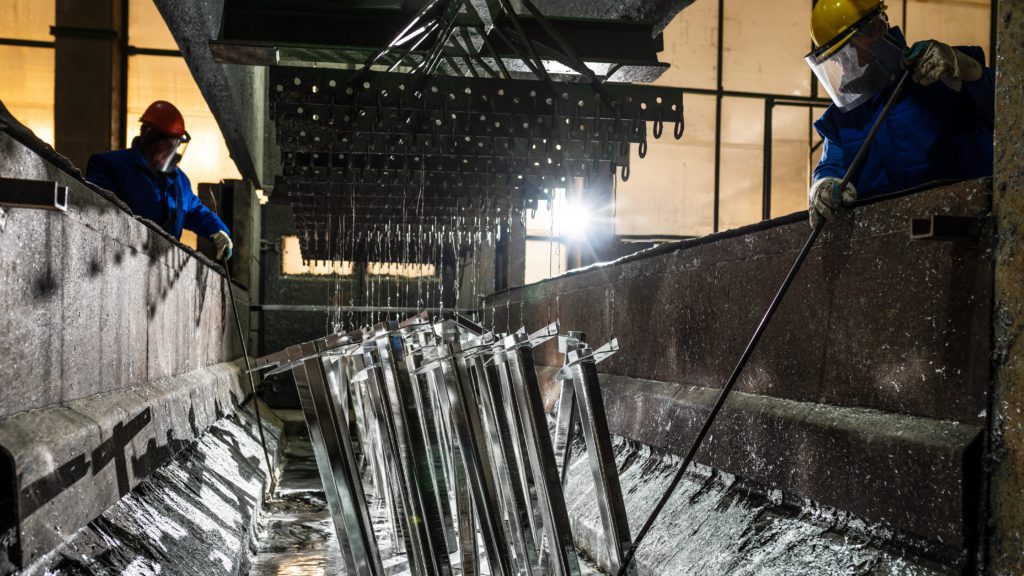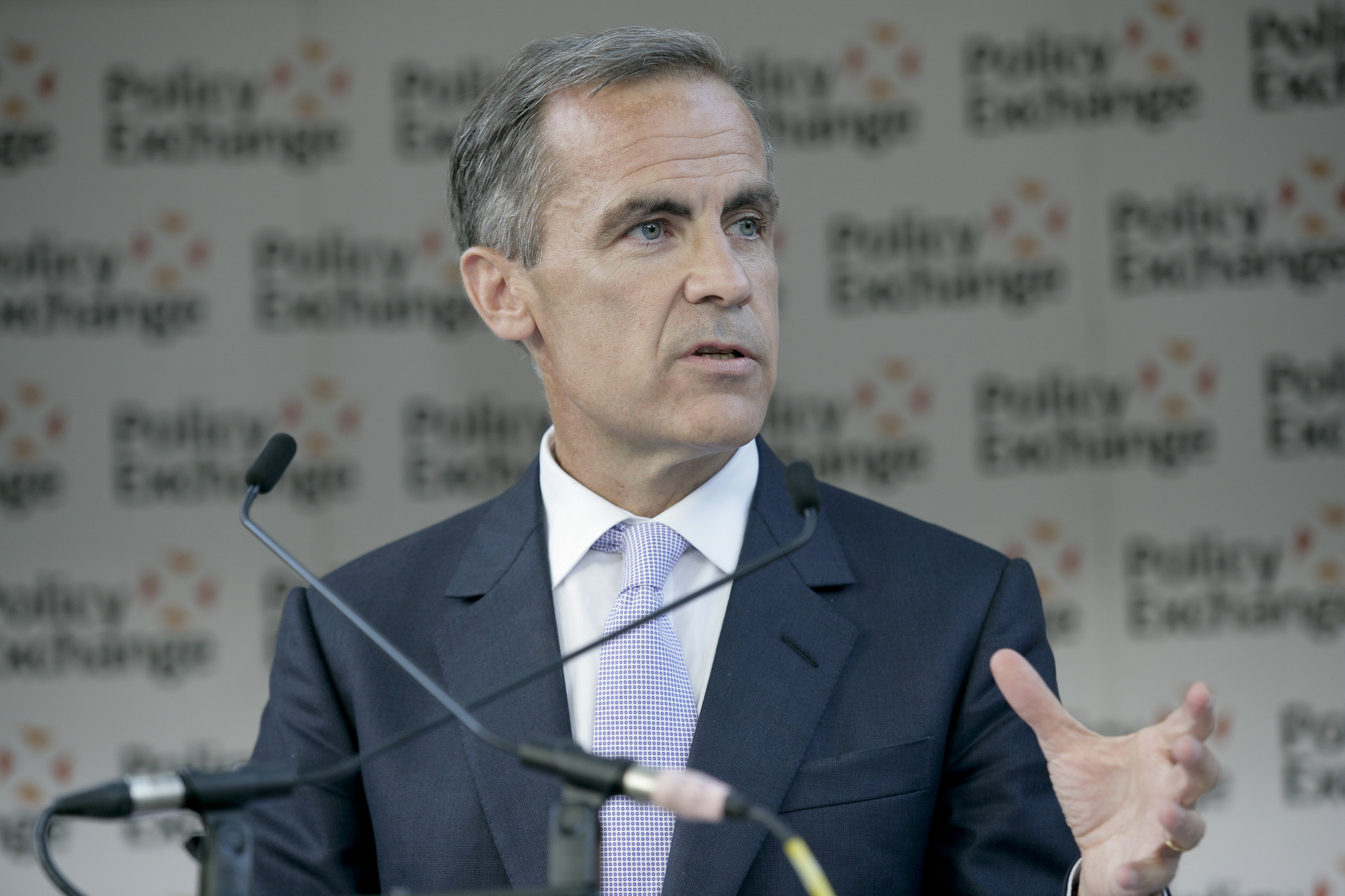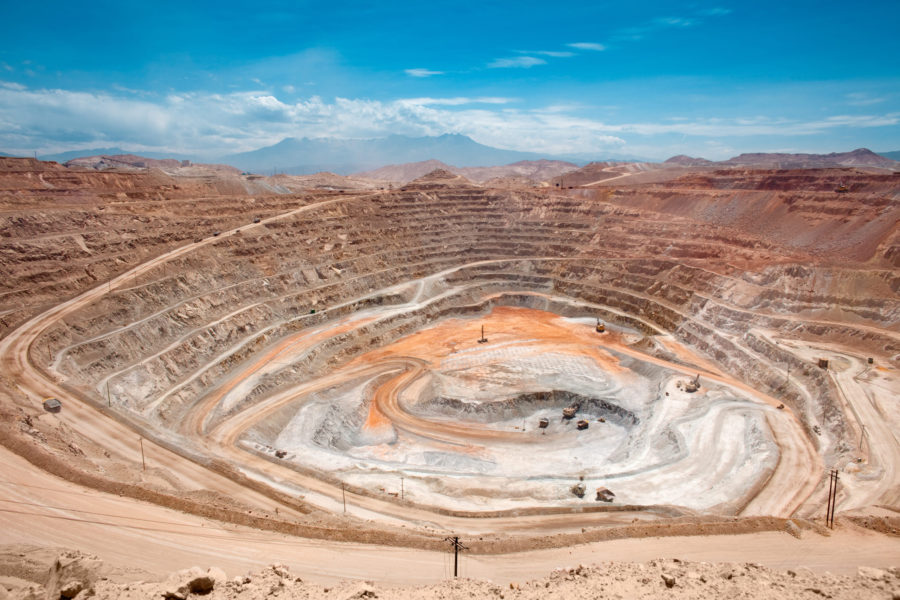Home: European smelter cuts catch zinc looking the wrong way

(The opinions expressed here are those of the author, Andy Home, a columnist for Reuters.)
The London Metal Exchange (LME) zinc price surged 26% last week to hit a 14-year high of $3,944.00 per tonne.
The spark for the explosive rally was Nyrstar’s Oct. 13 announcement that it was reducing output by up to 50% at its three European smelters in the face of spiralling energy prices.
Click here for an interactive chart of zinc prices

The panic spread when Glencore said it too was “adjusting production” across its European operations to reduce exposure to peak power pricing periods during the day.
China’s power-related zinc supply problems were in the price. Europe’s weren’t.
The sheer scale of the price reaction, though, is revealing. This was a market that until Nyrstar’s bombshell news was convinced the zinc price was heading lower.
True, zinc had stubbornly declined to conform to the bear consensus for many months but the narrative was still one of an inexorable shift towards supply surplus.
That narrative was due a rewrite even before Europe’s smelters started powering down.
Vanishing surplus
When the International Lead and Zinc Study Group (ILZSG) held its meeting in April, it forecast global refined zinc production would exceed usage by 353,000 tonnes this year.
That projection was slashed to 217,000 tonnes at the Group’s October meet.
ILZSG lowered its forecasts for mined production growth to 4.7% from 5.7% and refined production to 2.5% from 3.1%. More significantly, it lifted its demand growth estimate to 6.2% from 4.3%, reflecting the strength of the global pandemic recovery.
Even that reduced surplus forecast, though, comes with important context. When the ILZSG met in April, no one knew that China was going to start selling off state zinc reserves. It has so far released 180,000 tonnes of metal across four auctions.
Without that additional unexpected supply, the latest ILZSG forecast suggests the global refined zinc market would have recorded a statistical surplus of just 37,000 tonnes this year.
That’s not really a surplus at all in what is a 14-million-tonne global market. Nor is the 44,000-tonne supply surplus now forecast for 2022.
Zinc’s statistical landscape has just shifted from one of significant oversupply to somewhere close to balance.
No zinc in Europe
Global exchange stocks of zinc haven’t given any indication of a significant build in surplus metal.
The Chinese market has easily absorbed the state zinc sales and Shanghai Futures Exchange stocks stand at a modest 71,444 tonnes, little changed from this time last year, when they stood at 62,905 tonnes.
LME stocks have been gently sliding since April and at 201,700 tonnes are now down by 31% from the end of January.
Today’s inventory report showed a 15,975-tonne warranting at Singapore, which seems to be a reaction to the LME spreads flipping into backwardation last week.
It shows the world has not yet run out of the galvanising metal but LME off-warrant stocks have been falling too. Shadow zinc stocks were 59,519 tonnes at the end of August, down by almost 62,000 tonnes from the start of the year and most of it – 38,720 tonnes – is sitting in Singapore.
European off-warrant stocks amounted to just 27 tonnes at the end of August.
European on-warrant stocks are higher at 7,725 tonnes but all of it is located at the Spanish port of Bilbao.
Regional premiums for physical buyers have been creeping upwards since the second quarter. Fastmarkets assessed the premium for LME-grade metal in Rotterdam at $100-110 per tonne over LME cash in May. It now stands at $160-180.
It’s clear that European availability has been quietly tightening for the last few months, leaving zinc more sensitive than expected to supply shocks, particularly European ones.
Power problems
It’s still unclear what the impact of Europe’s power crunch will be in terms of lost metal.
Nyrstar’s three smelters have a combined capacity of around 700,000 tonnes per year but the company used the words “up to 50%” in its production cut announcement, leaving some ambiguity around actual output levels.
Glencore has 800,000 tonnes of European zinc capacity but adjusting run rates to avoid peak daily power prices suggests it is so far managing to limit any metal loss.
It’s worth noting there have been local media reports that the Plovdiv smelter in Bulgaria has also been hit by Europe’s power crisis, although its operational status is currently unknown.
The amount of European capacity facing power uncertainty is likely to keep supply concerns elevated in the coming days and weeks.
However, Europe’s power crunch is expected to normalise eventually.
China’s power crunch could be more structural and zinc smelters are also in the firing line.
The country’s refined zinc production fell by 4% year on year to 455,000 tonnes in September, according to state researcher Antaike. It expects production growth this year to be a minimal 130,000 tonnes.
Zinc production was hit by drought in hydro-rich Yunnan province earlier this year and right now smelter hubs in Guangxi and Hunan provinces are being forced to ration electricity usage as Beijing struggles with its own power crunch.
China’s power constraints are only going to get worse as the country tries to pivot away from coal, its dominant source of energy. Provinces are now required to meet energy usage and efficiency targets and big industrial users such as aluminum and zinc smelters are easy targets.
ILZSG is expecting China’s refined zinc production to rise by 3.2% this year but that is now starting to look a big ask of a sector that is likely to face more power headwinds in the coming winter heating season.
Rethinking zinc
Only four of 23 analysts participating in Reuters’ third-quarter base metals poll expected the zinc price to be higher in the fourth quarter than in the third. And only three expected prices to do anything other than fall next year.
Sure, that was before Europe’s power crisis but it also reflected an underlying consensus that zinc was going to notch up a significant surplus of unsold metal both this year and next.
That was starting to look increasingly unlikely before Nyrstar’s shock announcement. It now looks even more unlikely.
The collective re-think is why LME three-month zinc was last trading at $3,575 with cash metal at a $32 premium.
(Editing by Jason Neely)
More News
Resouro boosts titanium resource by 37% at Tiros project in Brazil
Total resources are now 1,400 Mt1 at 12% TiO₂ and 4,000 ppm TREO, the company said.
April 09, 2025 | 04:37 pm
Prime Minister Mark Carney vows to speed permits, make Canada energy superpower
The Liberal Party leader said at a campaign stop in Calgary that his government would create a Major Federal Project Office with a “one project, one review” mandate.
April 09, 2025 | 03:34 pm
Peru mining chamber sees copper output up 2-4% this year
That would put Peru's copper production between 2.79 million and 2.85 million metric tons.
April 09, 2025 | 02:53 pm
{{ commodity.name }}
{{ post.title }}
{{ post.excerpt }}
{{ post.date }}




Comments